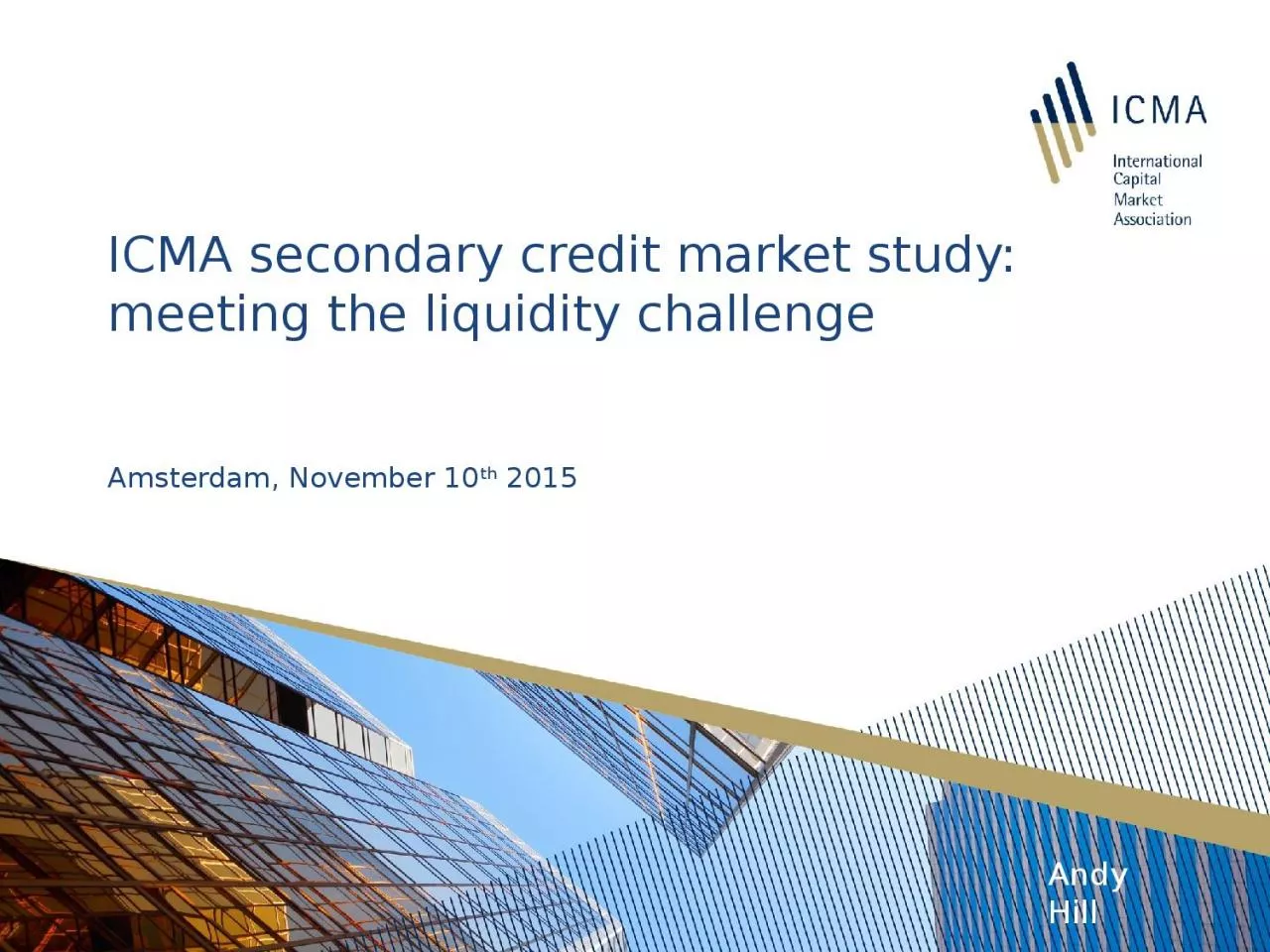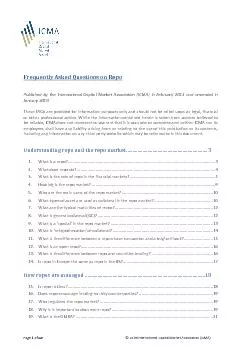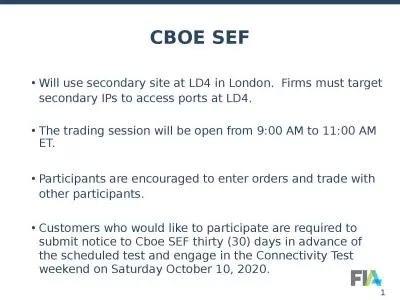PPT-ICMA secondary credit market
Author : isabella | Published Date : 2023-11-07
study meeting the liquidity challenge Amsterdam November 10 th 2015 Andy Hill Corporate bond markets and the real economy Corporate bond markets can be considered
Presentation Embed Code
Download Presentation
Download Presentation The PPT/PDF document "ICMA secondary credit market" is the property of its rightful owner. Permission is granted to download and print the materials on this website for personal, non-commercial use only, and to display it on your personal computer provided you do not modify the materials and that you retain all copyright notices contained in the materials. By downloading content from our website, you accept the terms of this agreement.
ICMA secondary credit market: Transcript
Download Rules Of Document
"ICMA secondary credit market"The content belongs to its owner. You may download and print it for personal use, without modification, and keep all copyright notices. By downloading, you agree to these terms.
Related Documents













